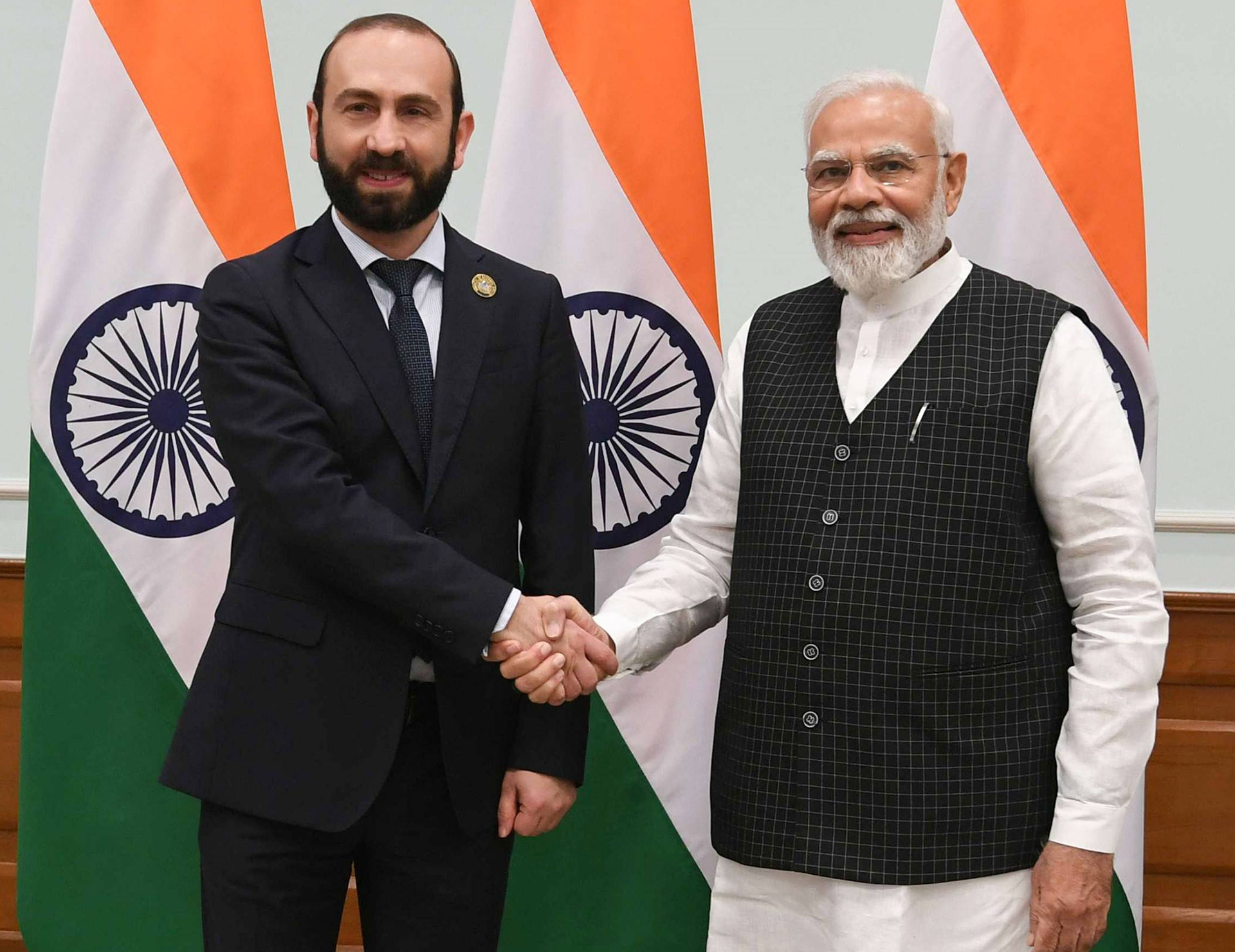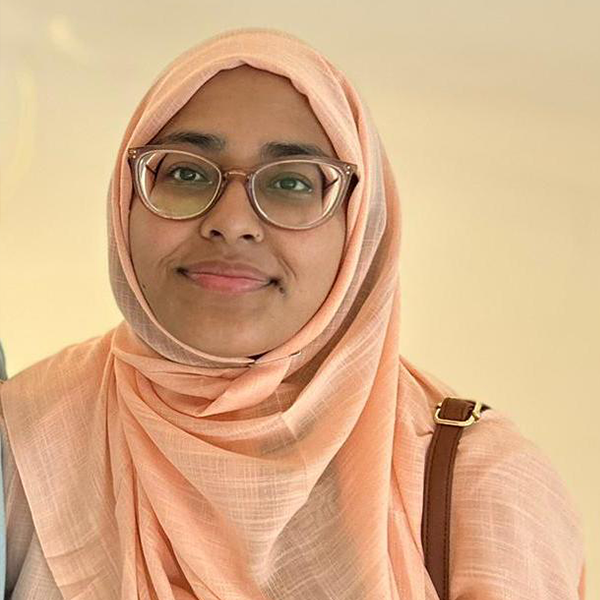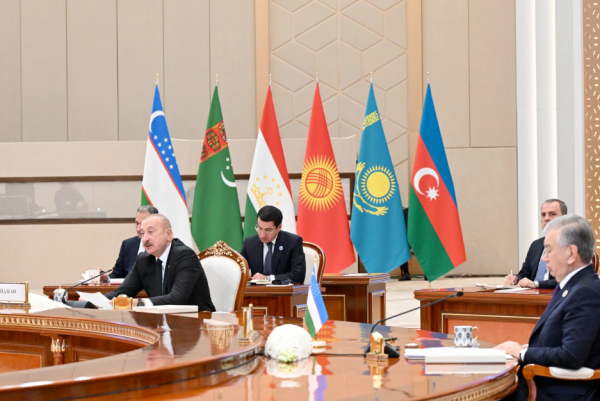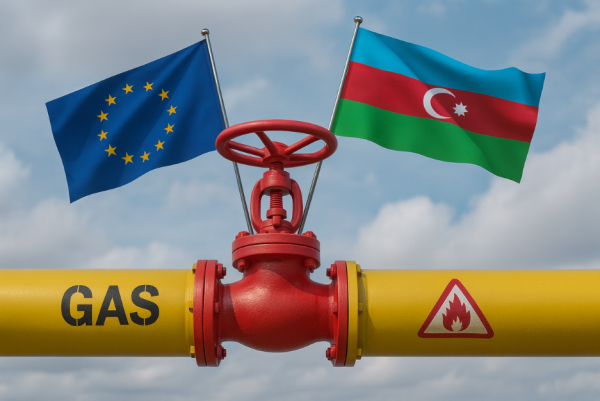Armenia-India relations powered by arms exports

Diplomatic ties have existed between Armenia and India since 1991, when Armenia gained independence. There is a strong perception of common cultural and historical heritage in Armenia and Indiathat has contributed to the friendly bilateral relations between the two countries in the present. It is in this regard that the visit of Sh S. Jaishankar, India's External Affairs Minister, to Yerevan in October 2021 was a milestone for the countries’ bilateral relations since it was the first ever trip of an Indian Foreign Minister to Armenia since 1992, when diplomatic relations were established.
Armenia-India relations are rapidly developing
There have been multiple areas where Armenia and India have strengthened their ties, including culture, education, trade, and defence. A number of agreements have been signed between the two countries to enhance and foster cooperation on these dimensions. In 2010, Armenia and India signed a Memorandum of Understanding (MoU) on collaboration in culture, education, and science. Both countries have actively promoted cultural exchanges and interactions as a means of strengthening their bilateral relations. In a notable event that took place in 2018, Armenia hosted a week-long Indian cultural festival, which showcased the vibrant and diverse aspects of Indian music, dance, and cuisine. This festival served as a platform for the Armenian audience to immerse themselves in the rich cultural heritage of India and appreciate its artistic expressions. Similarly, Armenian cultural events have been organized in India to create awareness and appreciation for Armenian music, dance, and art among the Indian population. These reciprocal cultural exchanges have played a significant role in fostering mutual understanding and deepening the cultural ties between India and Armenia.
However, recently it has been security cooperation prospects that are expected to play a crucial role in strengthening the two countries’ bond. New Delhi has undertaken high-profile sales of military equipment to Yerevan over the past few years. In March 2020, Armenia became the first international client to acquire the Indian Swathi system at a cost of $40 million, which is jointly developed by the Indian Defence Research and Development Organization (DRDO) and Bharat Electronics Limited (BEL). The Swathi radar is the latest generation of phased array or electronically steered radars that ground forces use to detect and direct counter-battery fire on enemy ordnances.
The Indian defence sector was undergoing transitions at the time Armenia made its choice. Since India is second only to Saudi Arabia in terms of arms imports, increasing military technology export is an excellent way for Prime Minister Narendra Modi's “Make in India” economic initiative to be showcased, with a target of $26 billion in revenue by 2025. There is much discussion in arms trade circles about how India outbid Russian Almaz-Antey and Polish PIT-RADWAR, which Armenian military has a more extensive relationship with. As of 2013, Armenia has a joint defence production venture with Poland and has had a formal alliance with Russia since the late 1990s.
After this a government-to-government deal was struck under which New Delhi would supply Yerevan anti-tank munitions, Pinaka multi-barrel rocket launchers and ammunition to the tune of USD 250 million. This was followed by Armenia signing a USD155 million deal with a private Indian firm for the supply of artillery systems.
For instance, as part of the arms deal, India received orders from Armenia for MBRL launchers, anti-tank missiles, rockets, and ammunition worth $250 million. In exchange, Armenia offered a corridor to India to connect it with Europe and Russia, thus isolating Azerbaijan. This arrangement is expected to help export goods in 15-20 days instead of 40-45, as it does take today. India gained significant benefits from these deals, as they are set to improve the reputation of its defence industry and the country itself as a security actor. Armenia has always considered Kashmir a part of India, and the two countries share a similar position on this controversial topic, while Türkiye, and Azerbaijan, on the other hand, side with Pakistan.
In this regard, Dr. Aditya Bahan, a fellow at the Observer Research Foundation (ORF), published an article titled "Armenia-India relations: Budding partnership benefits New Delhi". Dr. Bahan is passionate about conducting research at the intersection of geopolitics, national security, technology, and economics. In his article, he states:
The recent $155-million deal signed between Yerevan and a leading private Indian defence original equipment manufacturer, for the supply of 155-mm artillery systems to the former over the next three years, marks a continuation of New Delhi's stated policy of deepening defence cooperation with Armenia. The order closely follows a government-to-government deal with Yerevan to supply the Armenian armed forces with PINAKA multi-barrel rocket launchers, anti-tank munitions, and a wide range of ammunitions and warlike stores worth $250 million, which made Armenia New Delhi's first international customer of the indigenously developed PINAKA system.
The Indian government is also reportedly exporting anti-tank missiles to Armenia in addition to Pinaka. A NAG ATGM (also called Prospina) is a third generation anti-tank guided missile (ATGM) with an operating range of 500 meters to 20 km. A single shot of this missile will hit 90% of the targets, and it is able to be launched either from the ground or from the air. If the missile is launched from a ground-based platform, it can reach a range of four km, but if launched from the air, the respective distance rises up to seven km. Integrated avionics and an imaging infra-red (IIR) seeker on the missile make it capable of being used day or night to disable heavy armour.
Armenia may also receive Indian Man Portable Anti-Tank Guided Missiles (MPATGMs). It was successfully tested in January by the Indian Defence Research and Development Organization. MPATGMs have a range of 2.5 km and are guided by IIR systems.
Although these weapons are quite efficient, they are not enough to boost Armenia's defence capabilities. Armenia does not possess a proper air defence mechanism to defend against Turkish and Israeli drones, so neither Pinaka MBRL nor ATGM would be useful against ground-based attacks. To break opponents' teeth, Sakshi Tiwari, an expert who studied journalism from the prestigious Indian Institute of Mass Communication and holds a masters’ degree in Defence and National Security) argued in October that Pinaka was insufficient, as Armenia needed "BrahMos" and "Akash" missiles.
Tiwari conducted interesting interviews with Indian military experts on this topic. The retired general Raj Mehta said, "What India exports won't be enough. Additionally, Pinaka and tank missiles aren't compatible with drones and are very expensive. When it comes to killing flies, hammers aren't the best choice. The right weapons can be chosen after a threat assessment has been conducted. A ‘transparent’ battlefield allows wise choices to be made. An Indian assessment team could identify the real battlefield problems and then suggest what India could provide at a reasonable cost.”
Among India's biggest media outlets, the Hindustan Times, reported that this is the first time this system has been exported outside of the country. Armenia has purchased the Pinaka system due to Azerbaijan's drone use, since its "shoot and scoot" capability allows it to escape counter-battery fire. Armenia also benefits from its low cost and simplicity of use. Since Armenian soldiers have been using Russian-made GRAD systems for years, they can easily adjust to this system.
The Indian government considers sending more weapons to Armenia
According to sources with knowledge of the matter, a senior Armenian official recently visited Delhi and had discussions about this. Considering Armenia's requirements, India has emerged as a credible weapons supplier, the report said. Details about fresh supplies are not yet known, but the consignment may include equipment that would help deter the Azerbaijan side. The last shipment from India to Armenia included rockets, anti-tank missiles, rocket launchers, and ammunition for the Pinaka rocket launchers reported to have been supplied through Iran. These supplies evoked a protest on the part of Azerbaijan.
Baku’s reaction
India's decision to sell military equipment to Armenia caught Azerbaijan's attention, in this regard President Ilham Aliyev described it as an "unfriendly move.” As a result Azerbaijan's media outlets criticized New Delhi quite harshly for the arms transfer. For example, Azernews published an article on July 28 called, “India’s warmongering in South Caucasus is a wake-up call for Azerbaijan, Türkiye and Pakistan,” which argued, “While Europe and Russia are competing to strengthen their influence in the region, India's behaviour could mean destabilizing the region. The article quoted a Pakistani expert who said that the arms deal between Armenia and India could lead to a rebalancing of the "geo-strategic dimensions" of the region soon.
Meanwhile, Armenia has proposed providing India with a shipping channel across the Black Sea in an effort to speed up the flow of goods between Russia and Europe. In this regard, Indian investments have been sought by Armenia, whose ties with India have been strengthening in recent years due to its defence exports. During the Armenian Foreign Minister Ararat Mirzoyan's visit to India on March 3-4, the proposal was apparently made. As reported by the media, the proposed trade route would run parallel to the INSTC-Connecting Mumbai with Bandar Abbas in Iran, Armenia, and Europe or Russia, India will bypass Azerbaijan, with whom it has lukewarm relations despite being closely associated with Türkiye and Pakistan. India has been looking to increase its strategic and economic ties with Europe, and Russia is seen as a key partner. The proposed corridor is seen as an opportunity to increase trade and transit between Armenia and India. There are reports that India is negotiating with Armenia and Iran to establish a new trade route to Russia and Europe, but not much is known.
Insights into Indian arms sales to Armenia from a geopolitical perspective
India and Pakistan have certainly drawn geopolitical parallels between the conflict in Karabakh and the Kashmir conflict, both providing arms to the principal combatants, Armenia and Azerbaijan. In 2020, after Armenia's crushing defeat in the Second Karabakh War, India entered the picture as an arms supplier to Armenia after Pakistan has sided with Azerbaijan since the outbreak of the First Karabakh War in the early 1990s.
Pakistan's support for Azerbaijan is closely linked to its strategic relationship with Türkiye, Baku's largest patron. After the collapse of the Soviet Union in 1991, Pakistan was second only to Türkiye in recognizing Azerbaijan's independence, and Islamabad has never recognized Armenia's independence. In the Second Karabakh War, Pakistani military advisers reportedly provided training and tactical advice on operations in Karabakh's highlands. According to some analysts, Islamabad may sell Azerbaijan JF-17 fighter jets that are designed in Pakistan by Pakistani and Chinese engineers.
The Indian government's support for Armenia accelerated in the fall of 2022 when it provided artillery systems, anti-tank rockets, and ammunition worth $245 million. The Armenian Embassy in New Delhi announced in May that it would appoint a military attaché to promote bilateral military cooperation. Having increased Indian support may be perceived as crucial by Armenia in its competition against Azerbaijan in the region. There is hope in Yerevan that Indian assistance will help Armenia counter Azerbaijan's support from Türkiye, Pakistan, and Israel.







